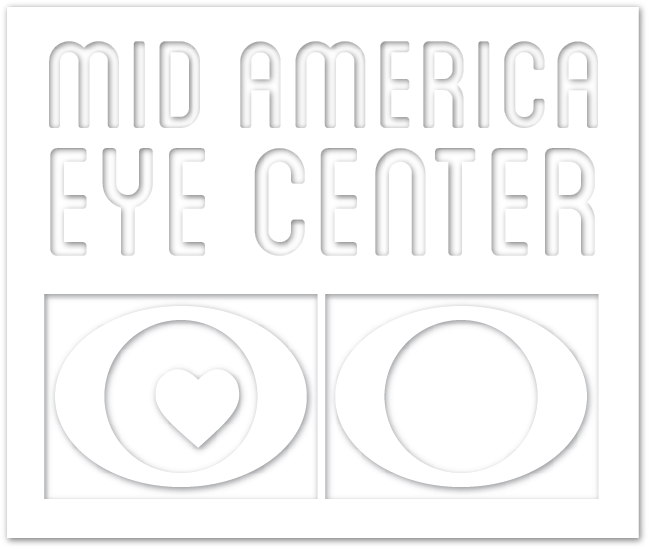Dry Eyes
One of the most common functional problems seen in patients, particularly women after menopause, is a reduction in tear flow. Tears are normally a mixture of a mucous material and a watery fluid. A reduction in the volume as well as the chemical make-up of tears causes eye dryness, a condition known as keratitis sicca.
Symptoms are usually characterized by feelings of burning, stinging and dryness. The white of the eyes is often chronically red or injected. While the vast majority of patients who develop a tear flow problem are otherwise in good health, the condition may sometimes be associated with certain systemic diseases such as rheumatoid arthritis, lupus or other so-called "auto-immune" diseases.
Fortunately, the symptoms can be usually be controlled by the use of replacement or artificial tears instilled three to four times a day. There are many brands of artificial tears on the market. The usual advice to patients with this problem is to try one of the many available over-the-counter supplements until such time as they find a particular one that satisfactorily reduces the symptoms. Most patients achieve relief with preserved artificial tears. Some patients with more severe dryness require non-preserved tears, which come in unit dose containers. In more significant cases where frequent instillation of artificial tears does not eliminate the symptoms, the small openings in the lids which normally allow drainage of tears away from the eye can be temporarily blocked with small plugs or sealed permanently. This keeps the small amount of tears produced in contact with the eye and its surrounding structures. In addition, some patients may benefit from Restasis, a prescription drop which decreases inflammation associated with dry eyes.









